This is a FREE webinar, but booking is required. You can book your ticket here.
Rachel Cross: Image, Music and Text: Victorian Illustrated Songs The Victorian illustrated song is almost unique in combining image, music, and text within one publication. The synthesis of these three artforms offers extensive opportunity for analysis; investigating the three artforms together reveals much about Victorian ideologies. Derived from a primarily urban, industrialized culture, illustrated songs covered a wide range of subjects, from everyday working life and recreation to personal love and patriotic nationalism. This presentation gives a brief introduction to Victorian illustrated songs and their development over the nineteenth century. I also consider the three artforms of one mid-Victorian comic illustrated song. Examining its presentation of females in its three artforms suggests ambiguity surrounding the understanding of gender roles. Rachel Cross is a PhD candidate at Cardiff University whose research is in Victorian illustrated songs. She is particularly interested in how the intersections between the three artforms of illustration, text and music reveal new insight into key Victorian issues. Rachel has diplomas in music and degrees in English.
Francesca Strobino: Using Fabrics: W. H. Fox Talbot and the Making of the Photographic Veil (1852) This presentation explores the intersections between fabric materials and William Henry Fox Talbot’s photographic practices. Thanks to their material qualities (flatness, neat pattern), lace and gauze were among the first subjects Talbot tested in his contact print experiments (1835-39), becoming a powerful statement of photographic realism. The verisimilitude of these specimens was so striking that even Queen Victoria was mesmerised by their perfection. Talbot’s lace prints nimbly moved from social to scientific circles as a tangible proof of the photographic medium’s exactness and precious aid to observational sciences. Within ten years, the tacit knowledge gained through the handling and using of fabrics resurfaced in a new shape. While working on his first photomechanical process, Talbot employed gauze’s grid pattern as a screen, a tool to break up photographic halftones in smaller parts, easier to ink and able to reproduce a continuous tone. He called this brand-new technology the ‘photographic veil’ and patent it with the Photographic Engraving Process in 1852. By using photographic objects and fabric samples held in the Talbot Collection (National Science and Media Museum, Bradford UK), I discuss Talbot’s use of lace and gauze both as test objects and tools, stressing their agency in the making of photographic and photomechanical images. The tacit knowledge resulting from hands-on experience of using fabrics is a key element to investigate how and through what Talbot’s view of photography had been moulded and developed. Finally, fabrics prove to be a critical point of connection between Talbot’s experimental practice and his material everyday life as a Victorian aristocratic man. Francesca Strobino is an AHRC CDP PhD candidate at De Montfort University and National Science and Media Museum, investigating WHF Talbot’s experiments in photomechanical printing. She studied Cultural Heritages (BA, University of Urbino, ITA) and Art History (MA, University of Florence, ITA), before going to the UK for a master’s degree in Photographic History (Leicester, De Montfort University, UK). Francesca took part in several inventory projects (Scuola Normale Superiore in Pisa, Fotosammlung Ruth und Peter Herzog in Basel, Fondazione di studi storici ‘Filippo Turati’ in Florence, and more), and she held a research fellowship at the University of Florence (2020) and a Curran Fellowship from the RSVP (2021). Currently, she is based in Florence, working as an editor and cataloguer for the project "Ecosistema digitale per la cultura" in collaboration with Regione Toscana focusing on the description of Tuscany photographic collections.

